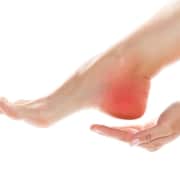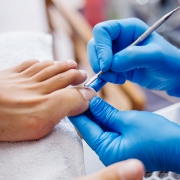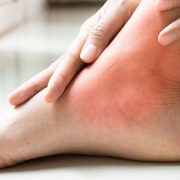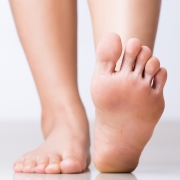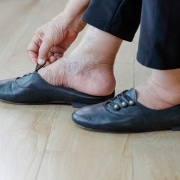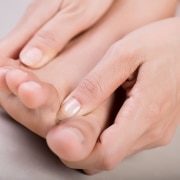Common Causes of Cold Feet
Everyone has cold feet when outdoor temperatures begin to drop. But if you’re troubled by cold feet year-round, something more serious could be at play. Chronic cold feet is most commonly associated with poor circulation to your extremities or damage to the nerves in your feet. Your podiatrist in Austin, TX, may have a solution. Call today to schedule a consultation.
Why Do Feet Feel Cold?
Sometimes cold feet are just cold feet. They feel cold in response to surrounding temperatures. However, if your feet are frequently uncomfortably cold, even in warm weather, this could mean the arteries that carry blood to your hands and feet have narrowed. Because not enough blood gets through, these areas constantly feel cold. It may also be that your body is lacking in red blood cells– a frequent symptom of anemia. A simple visit to your podiatrist will help you determine the root of the issue and may educate you on other reasons why you struggle with constantly cold feet, including:
Peripheral Artery Disease
Peripheral artery disease causes poor circulation to hands and feet, which means they feel cold much of the time. Smoking or using tobacco may be linked to peripheral artery disease, so may diabetes and hypertension.
Neuropathy
Neuropathy is often a side effect of diabetes. But it may also be associated with alcoholism, vitamin deficiency, and an underactive thyroid. Even some medications may contribute. Neoropathy is caused by damage to the blood vessels in your feet.
Elevated Cholesterol Levels
High cholesterol is another culprit that could be causing your cold feet. If your cholesterol is too high, it can cause build-up and inflammation in your veins, constricting the flow of blood to your extremities.
Buerger’s Disease
Bueger’s disease is caused by tobacco use. Over time, the blood vessels in the feet and hands swell and make it difficult for blood to circulate to these areas. This condition may also cause dangerous blood clots to form. However, it’s rare and is unlikely to be the reason why your feet are always cold.
Uncomfortably cold feet in Austin, TX, could be a symptom of something more serious, and Dr. Jeffrey Lamour is ready to help. Contact us today for excellence of podiatric care in the Lone Star State.





